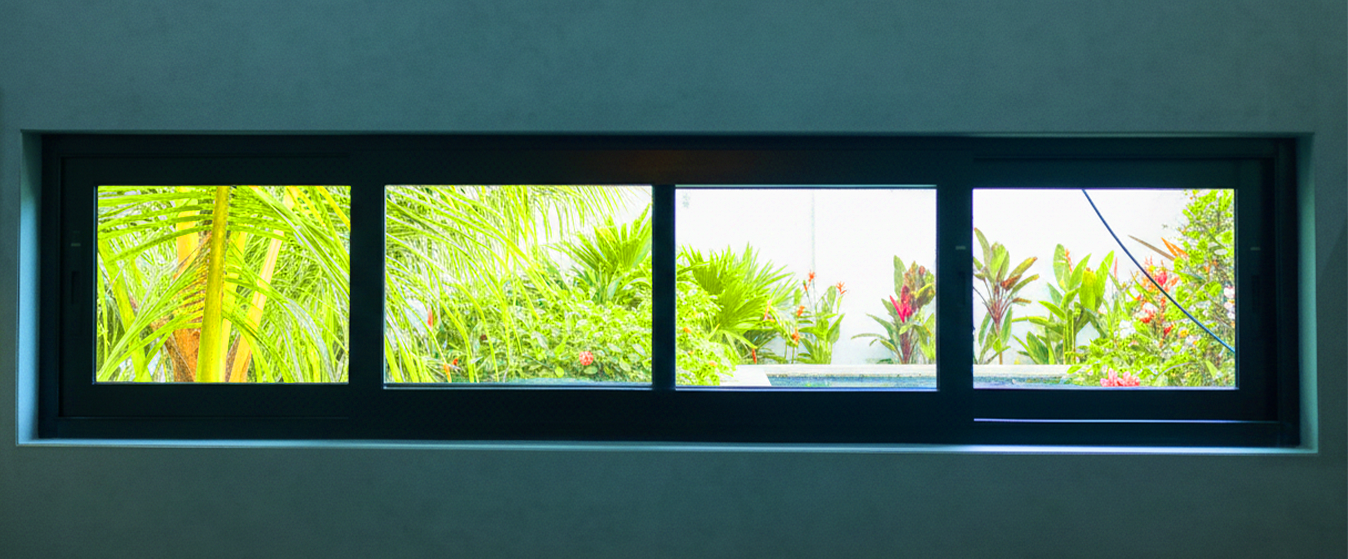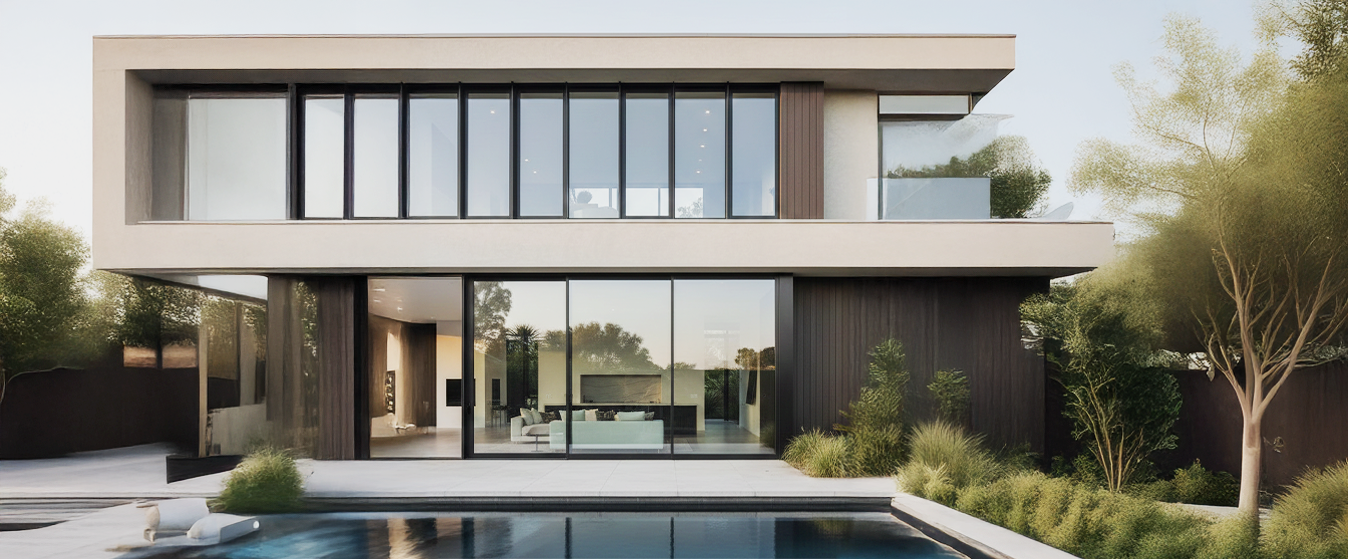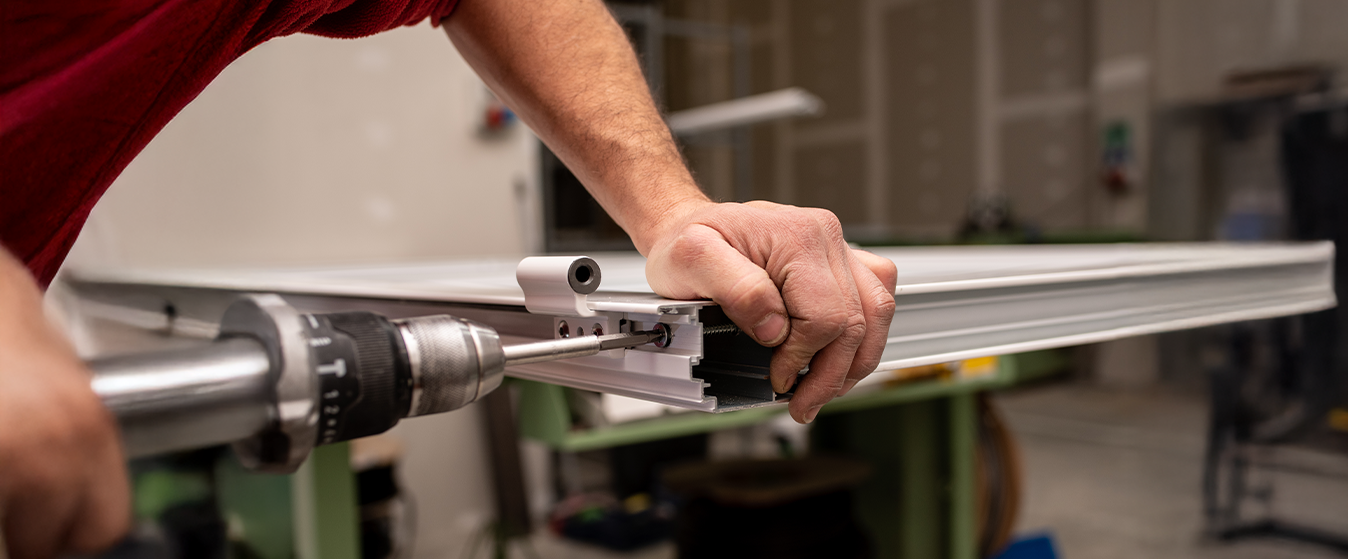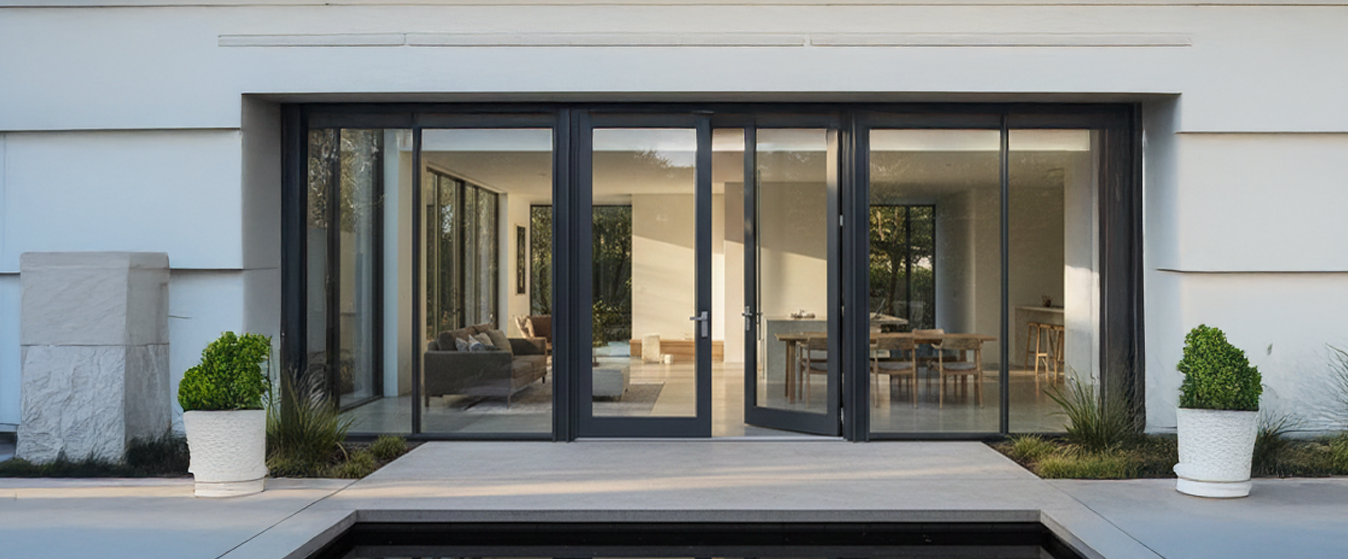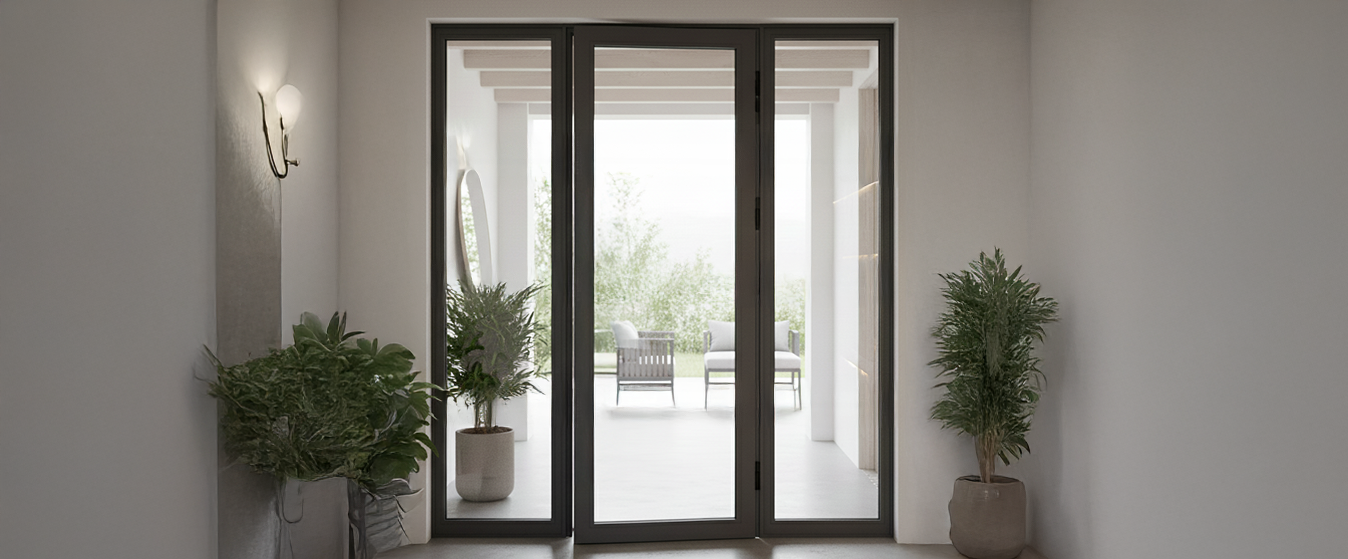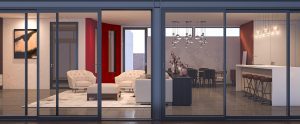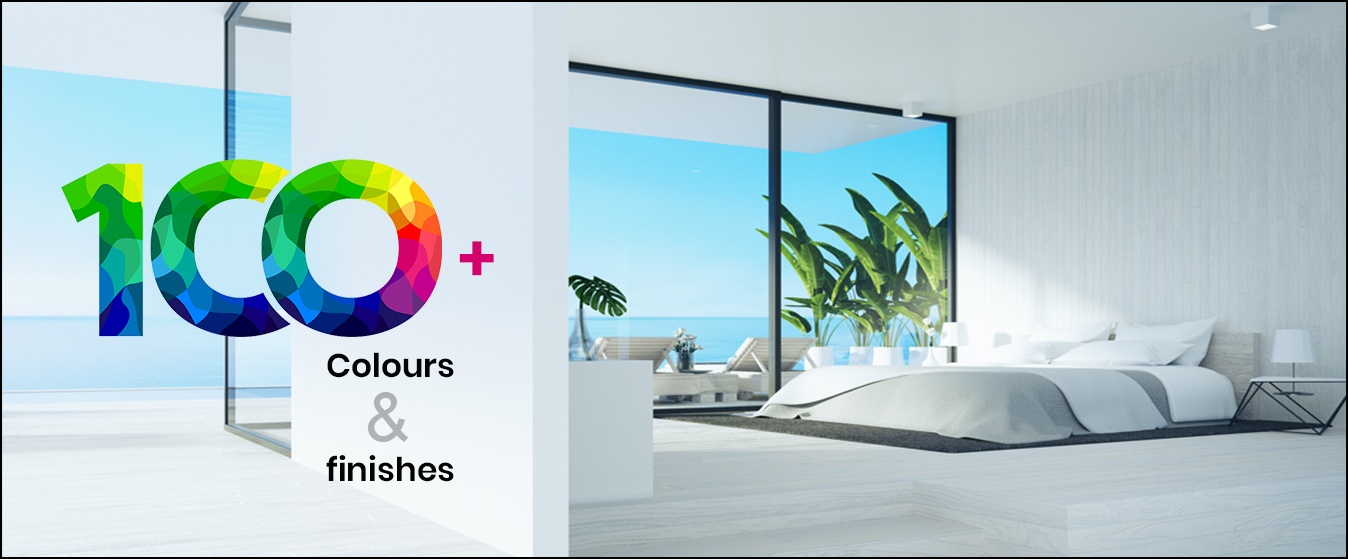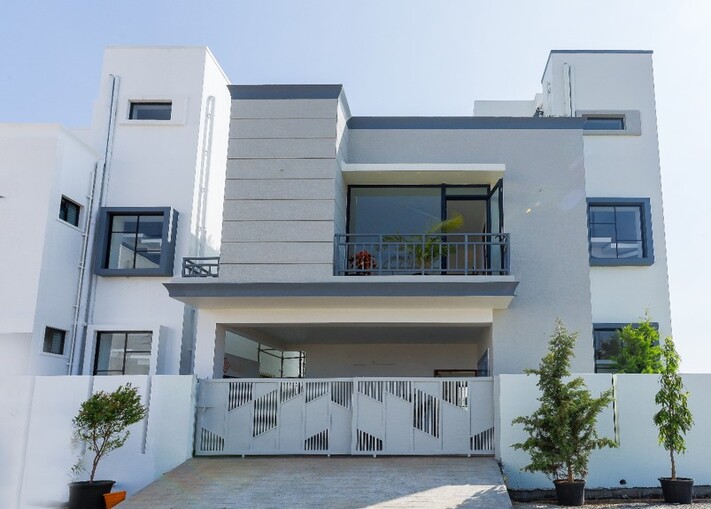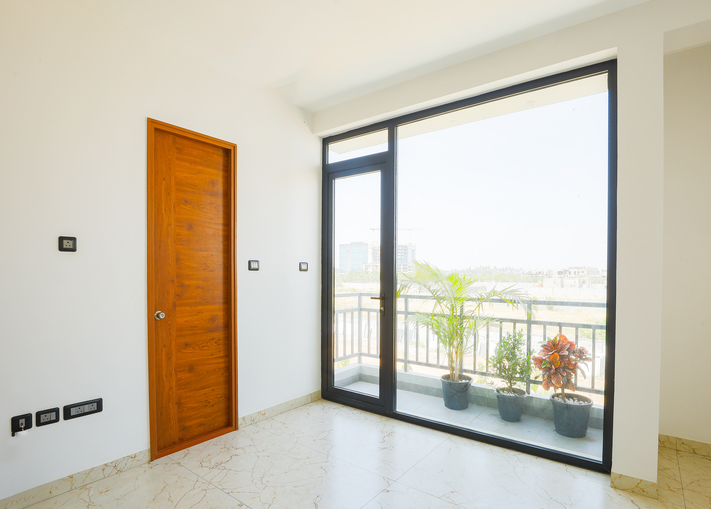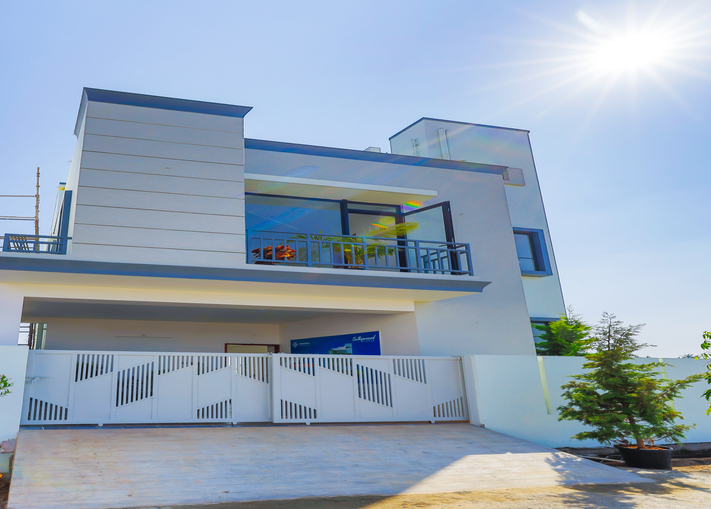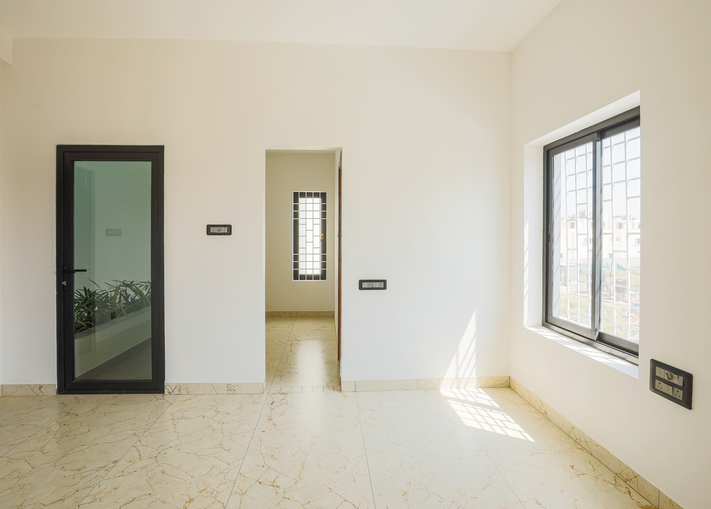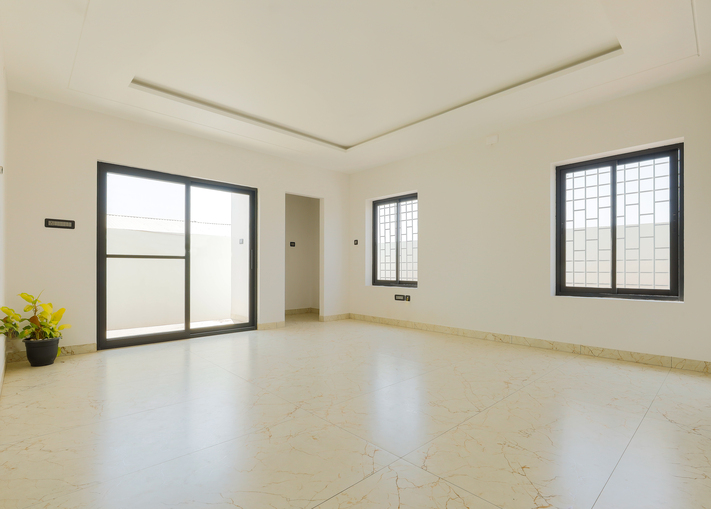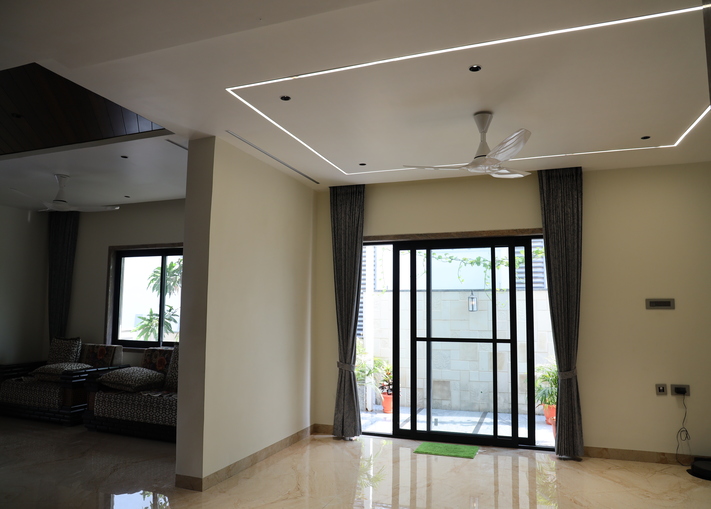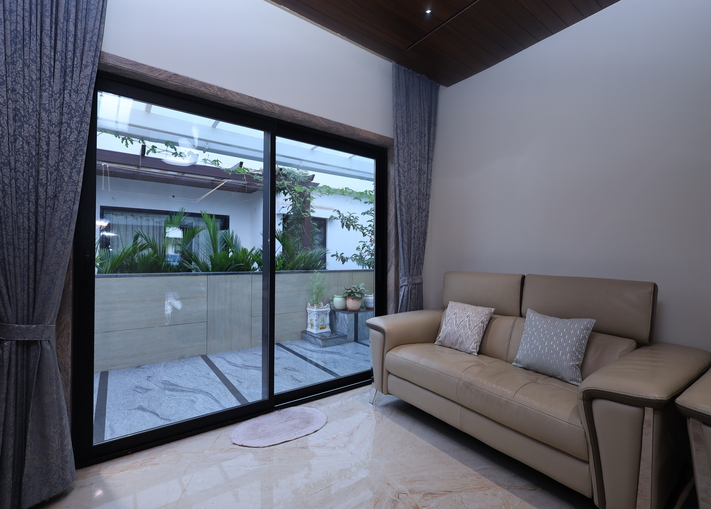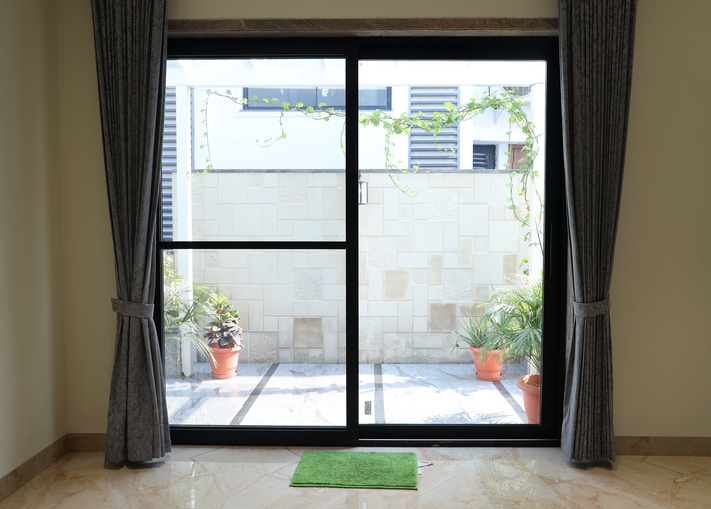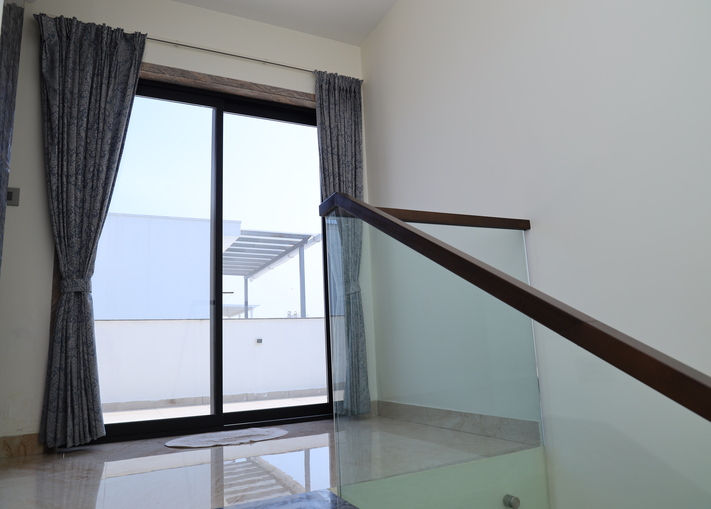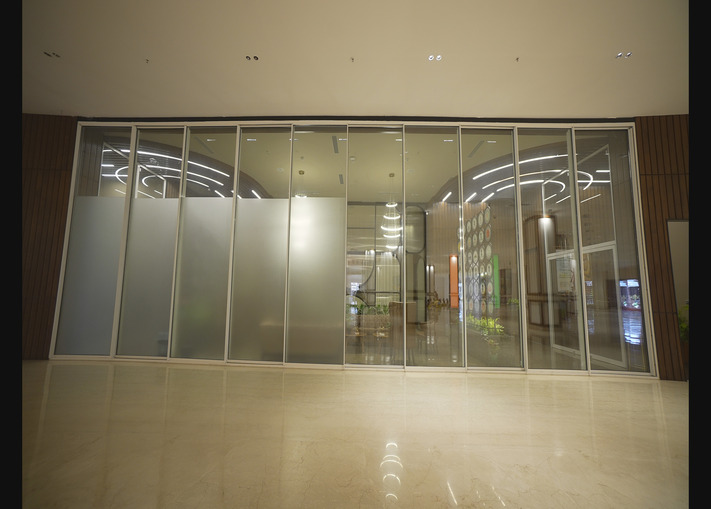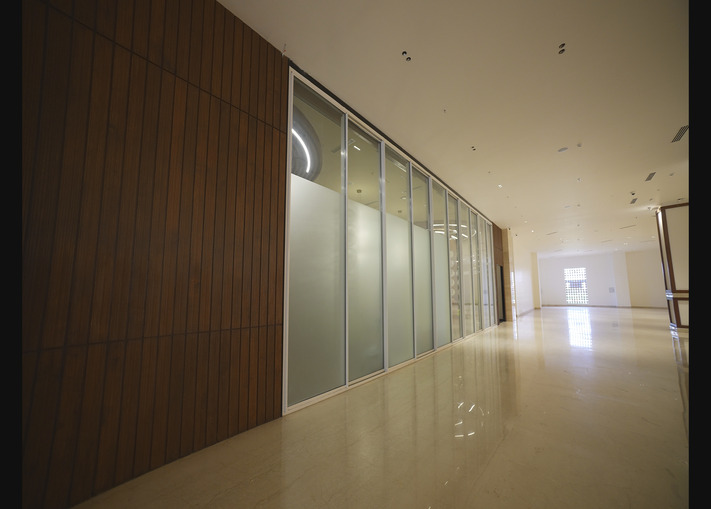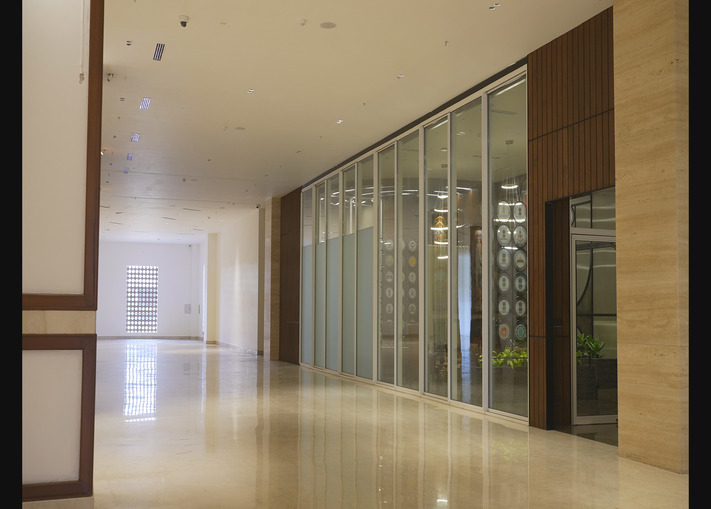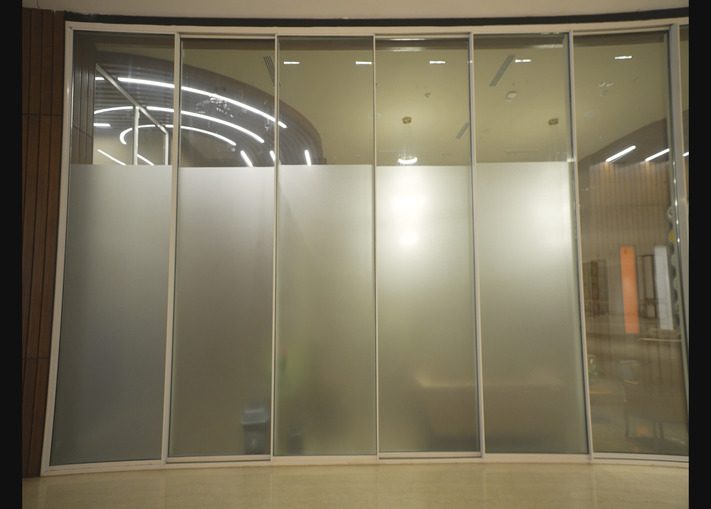Why Are Ventilator Windows Important for Healthy Interiors?
November 11, 2025
Every modern home today is designed to look good, say open layouts, clean lines, and large glass panels.
But we often overlook what we don’t see, the air we breathe.
A well-designed home is about aesthetics, air quality, and comfort. Proper ventilation keeps air circulating, pushing out heat, moisture, and indoor pollutants. Without it, spaces start to feel stuffy, damp, and unhealthy.
In Indian homes, where temperatures swing from dry heat to humid monsoons, ventilation plays an even bigger role. Cooking fumes, bathroom humidity, and seasonal moisture can trap stale air inside if not released properly.
That’s where the need for ventilator windows arises. They keep your interiors breathable, fresh, and hygienic, quietly doing their job while blending into the architecture.
What a Ventilator Window Does
A ventilator window is a smaller opening, usually placed above doors or main windows, that allows air circulation without disturbing privacy or security. They are not meant for views but to keep interiors healthy and balanced.
When installed in kitchens, bathrooms, corridors, or even bedrooms, ventilator windows help remove heat, odour, and moisture. In many Indian homes, these windows have evolved from simple open grilles into elegant, high-performing aluminium systems for function and design.
The concept might sound traditional, but modern ventilator windows are smarter and more efficient. With improved sealing, adjustable openings, and a sleek aluminium ventilator
designs, they perform exceptionally well in both homes and commercial spaces.
Why Aluminium Ventilator Windows Make More Sense Today?
Traditional ventilator windows were often made of wood or steel. While they served the purpose, they demanded heavy maintenance and were not always suitable for humid or coastal regions.
On the other hand, aluminium ventilator windows offer a modern, reliable, and long-lasting alternative.
Here’s why aluminium is best:
- Lightweight and durable: Aluminium is strong yet light. It holds its shape even with constant use and exposure to the weather.
- Corrosion-resistant: It doesn’t rust, a huge advantage in coastal cities like Chennai, Kochi, or Mumbai.
- Design flexibility: Aluminium can be fabricated into slim, elegant profiles that match modern architecture.
- Low maintenance: Just a quick wipe keeps it looking new. There’s no need for polishing or repainting.
- Energy efficient: With proper sealing and thermal breaks, modern aluminium ventilator designs help maintain indoor temperature and reduce energy loss.
Today, leading aluminium ventilator manufacturers offer various colour finishes and powder coating options. This means your ventilator window doesn’t have to look like an afterthought, it can actually add a touch of design continuity to your space.
How Aluminium Ventilators Improve Indoor Air Quality?
Healthy air indoors is as important as clean water. Poor ventilation traps paint, cleaning agents, smoke, or cooking oil pollutants. Over time, this can cause discomfort, allergies, or general fatigue. Aluminium ventilator windows help combat this by maintaining steady airflow.
These ventilators can allow limited, controlled air exchange in closed or air-conditioned rooms without compromising efficiency. That’s especially important in Indian cities, where homes are becoming more compact and natural cross-ventilation is harder to achieve.
Good ventilators also help manage humidity levels. They allow damp air to escape and prevent condensation on walls or ceilings. This reduces mould growth, keeps your walls cleaner, and improves the overall health of your home environment.
The Science Behind Energy Efficiency and Ventilation
It’s easy to assume that ventilators are just for air. But in reality, they also affect how your home manages heat. During summer, hot air tends to rise. Placing aluminium ventilator windows higher on walls allows warm air to escape, helping maintain a cooler indoor temperature naturally.
In cooler seasons, ventilators can be adjusted to allow enough airflow without letting heat escape completely. This balance reduces dependency on artificial cooling or heating, directly lowering electricity consumption.
Energy-efficient ventilator designs now include features like double glazing, thermal insulation, and airtight sealing. When chosen thoughtfully, they can complement the performance of your aluminium windows and doors to create a truly sustainable home.
Placement and Design Considerations for Modern Homes
This is an important point that cannot be overlooked. The location and size of a ventilator window matter more than most homeowners realise.
In kitchens, placing ventilators opposite the cooking area helps effectively push smoke and steam out. In bathrooms, they are best installed near the shower or ceiling level to release humidity. Bedrooms and living areas benefit from cross-ventilators that encourage natural air movement.
Aluminium ventilator designs today allow flexibility, from horizontal sliders and top-hung styles to automated louvres. You can integrate them seamlessly with main windows or even within facade systems. The majority of architects now prefer aluminium ventilators for their minimalist look and precision-engineered function.
For apartments or villas with limited ventilation options, aluminium systems can be customised to maximise airflow while maintaining privacy and aesthetics. Matching powder-coated finishes with the rest of the window systems keeps the look cohesive and premium.
Applications in Homes and Commercial Buildings
Ventilator windows are no longer restricted to bathrooms or utility rooms. They are being increasingly used in:
- Residential homes: Kitchens, bathrooms, stairwells, and bedrooms.
- High-rise apartments: Corridors, service shafts, and staircases.
- Commercial buildings: Toilets, pantry spaces, mechanical rooms, and basements.
- Industrial spaces: Warehouses and workshops for natural ventilation and temperature control.
The adaptability of aluminium ventilator windows allows them to suit different architectural requirements. Whether you need manual or motorised openings, fixed louvres, or integrated mesh options, aluminium systems can deliver them all with precision.
How Aluminium Ventilators Contribute to Sustainability
Aluminium is one of the most recyclable materials available. Once manufactured, it can be reused indefinitely without losing its properties. By choosing aluminium ventilator windows, you’re not only investing in durability but also making an environmentally conscious choice.
Moreover, natural ventilation reduces reliance on fans or exhaust systems, reducing electricity use. The result is a home that consumes less energy while maintaining comfort, aligning with the principles of green building and sustainable living.
A number of aluminium ventilator manufacturers are now focusing on energy-efficient product lines, using low-carbon aluminium and an eco-friendly coating process. This method supports India’s growing commitment to sustainable construction.
Choosing the Right Aluminium Ventilator Manufacturer
The effectiveness of a ventilator system depends heavily on how well it’s designed and fabricated. Always choose aluminium ventilator manufacturers who offer:
- Certified systems with tested air permeability and water resistance
- Options for customisation (size, colour, and design)
- Seamless integration with other aluminium doors and windows
- Professional installation and after-sales support
For example, at Alteza, we offer precision-engineered aluminium ventilator windows that combine aesthetics, performance, and sustainability. Our systems are crafted to ensure optimal air circulation and long-term durability, keeping modern Indian interiors healthy and well-ventilated.
Conclusion
Ventilator windows may seem like a small architectural detail, but they greatly affect how your home feels and functions. They improve air quality, control humidity, reduce energy use, and protect the structure from moisture damage, all while blending seamlessly into your interior design.
In the long run, choosing a well-crafted aluminium ventilator window means investing in comfort and sustainability. And when that choice comes from trusted aluminium ventilator manufacturers like Alteza, you also get precision design, premium finishes, and lasting
performance, which is exactly what a modern Indian home deserves.
FAQ’s
Q1. Why do we need windows and ventilators in buildings?
Windows and ventilators are important in keeping indoor spaces healthy and comfortable. They allow stale air, moisture, and carbon dioxide to escape while bringing in fresh air from outside. This continuous air exchange helps maintain better air quality, controls humidity levels, and prevents condensation or dampness from forming inside the building.
Q2. Why is good ventilation good for a healthy home?
Good ventilation keeps your home fresh and livable by replacing stale, humid air with clean outdoor air. It helps remove moisture, odours, and indoor pollutants affecting comfort and health. Proper ventilation also balances temperature, prevents mould growth, and creates a healthier environment for everyone at home.
Q3. How does ventilation improve indoor air quality?
Ventilation improves indoor air quality by diluting and removing pollutants inside the home. It reduces harmful particles, volatile organic compounds (VOCs), and biological contaminants such as bacteria or mould spores. With regular air exchange, it ensures that the air you breathe indoors remains cleaner, safer, and more comfortable.


